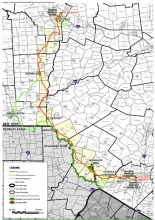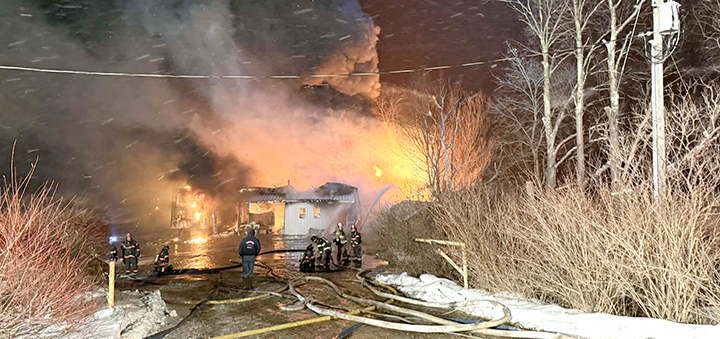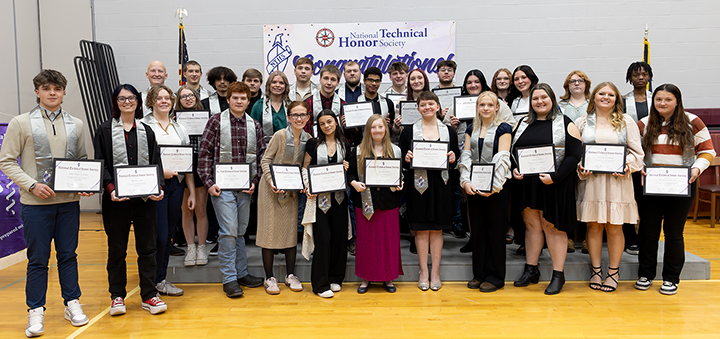Powerlines don’t appear to be nation’s top priority
NORWICH – Based on figures in the U.S. Department of Energy’s federal budget request, creating power lines like the New York Regional Interconnection doesn’t appear to be among the nation’s top priorities for 2008 – or the future.
The DOE’s $24.3 billion budget mostly calls for heavy spending on securing nuclear stockpiles and completing environmental clean-ups, but it also emphasizes investing in alternative energy and diversifying the nation’s energy resources. Increased research and development of powerline technologies and systems was not listed as a funding priority.
“Under President Bush’s leadership, this budget builds on our commitment to strengthen our nation’s energy security by diversifying our energy resources and reducing our reliance on foreign sources of energy,” said U.S. Secretary of Energy Samuel Bodman in a Feb. 5 press release. “This budget will help us expand our nation’s scientific know-how, protect generations from the dangers of our Cold War legacy, and safely and reliably maintain our nation’s nuclear weapons stockpile.”
Over half the budget went to the National Nuclear Security Administration ($9.4 billion) and the Office of Science ($4.4 billion). The Office of Energy Efficiency and Renewable Energy requested the fourth highest amount, asking for $1.24 billion to continue research into clean coal, wind, solar, nuclear, and hydrogen technology.
“This request supports continued scientific discovery and the development of alternative energy sources that are vital to America’s energy and economic security,” the Feb. 5 press release states.








Comments